Imagine possessing a skill that every other website on the internet desperately needs. Without this skill, websites struggle to climb search engine rankings, fail to attract clients, and lose revenue. That skill is the ability to secure valuable backlinks through effective link building techniques.
In the past, backlinks were purchased indiscriminately. Today, search engines have grown smarter, prioritizing high-quality mentions on authoritative sites over sheer quantity. This is complex work that can’t be automated with a script. It demands human skills: communication, analysis, and negotiation.
The complexity of modern link building fuels a growing demand for specialists in the link building profession. Business owners are willing to pay for results, creating a lucrative niche for earning income – whether you’re a freelancer or running an entire agency specializing in link building services.
What Is Link Building and Why It’s a Lucrative Niche for Earning Income

Every website on the internet relies on external backlinks to grow in search engine rankings, but acquiring them is increasingly challenging. This is why the link building profession is in such high demand – it offers the opportunity to build a sustainable link building as a business model on a service the market constantly needs.
Defining Link Building: Link Building as a Business for SEO Success
Link building is more than just buying backlinks; it’s a systematic process of securing links to your or your client’s website from other online resources. The goal is to boost search engine rankings and drive organic traffic using SEO link building strategies.
When you turn this activity into link building as a business, you’re selling your expertise. You identify suitable websites, negotiate placements, and analyze results. Your product isn’t just a backlink – it’s a comprehensive SEO link building service that delivers measurable profits for clients.
The Importance of Backlinks for SEO: How Links Impact Rankings and Traffic
Search engines view backlinks as “votes” of credibility. Each link from another website acts as a recommendation, with the weight of that “vote” depending on the authority of the linking site.
Websites with a high number of quality SEO backlinks gain two key advantages:
- They rank higher in search engine results.
- They attract targeted traffic from the platforms hosting their links.
Without well-thought-out SEO link building strategies, even the most valuable website can languish in obscurity for years. This is why businesses are constantly seeking specialists who can effectively execute link building for e-commerce or other niches.
For example, we have a case study on promoting a mobile app. Using a strategic approach to SEO link building services, we grew the site’s traffic from zero to 21,000 visitors per month. The site gained over 1,100 new backlinks and secured a strong position in search rankings.
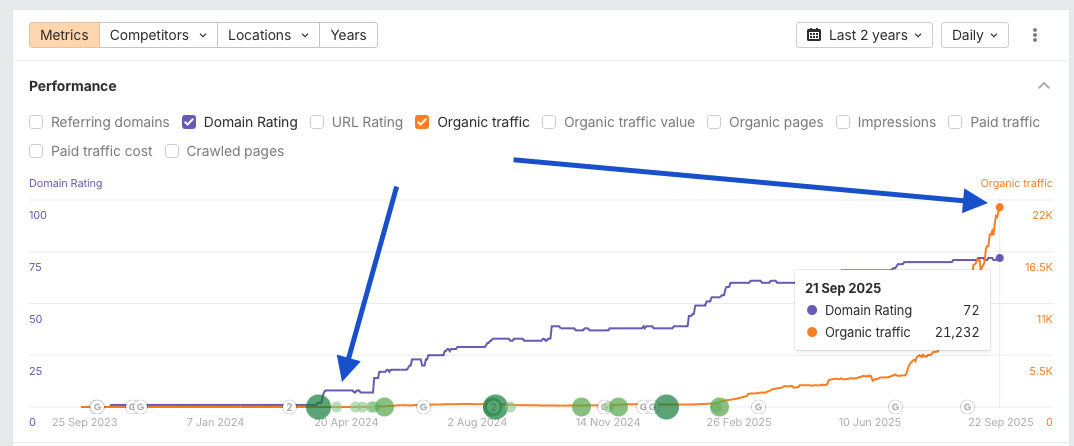
How to Make Money with Link Building: Market Overview and Potential for Freelancers and Agencies
The market for link building services is vast, encompassing thousands of companies that can’t independently climb search rankings. These businesses are actively seeking contractors to provide SEO link building services.
How to make money with link building comes down to several models:
- Freelancing. You work directly with clients, sourcing platforms and negotiating placements. The cost of a single successful deal can vary widely.
- Agency Model. Build a team, streamline processes, and take on multiple projects simultaneously to scale revenue.
- Link Building Profession. Many large companies hire in-house link builders to continuously manage their backlink profiles.
The niche’s potential is high due to consistent demand. As long as search engine optimization exists, the need for quality backlinks will persist, making the link building profession one of the most sought-after in the digital space.
The Link Building Profession: Roles, Responsibilities, and Getting Started

Who Is a Link Builder: Key Skills and Competencies for Beginners
A link builder is more than someone who sends emails. They’re a strategist, negotiator, and analyst rolled into one. Their primary task is to identify opportunities for backlink placements and execute them effectively using link building techniques.
To launch a career in this field, you need to master specific skills essential for professional link building.
Key Competencies:
- Analytical Thinking. You must evaluate donor sites based on their trust, traffic, and relevance.
- Communication Skills. Link building outreach is your foundation – you’ll write dozens of emails and negotiate deals.
- Persistence. The process demands patience; only 5–10 responses may come from 100 emails sent.
- Basic SEO Knowledge. Understanding how search engines work and why backlinks matter is crucial.
These skills can be developed independently or through dedicated link building courses.
Core Responsibilities: From Analysis to Outreach and Monitoring
A link builder’s work is a cycle of recurring tasks, each critical to achieving results.
A typical workday includes:
- Analysis and Research. You study the client’s website and competitors, using link building tools to identify existing backlinks and find new, promising platforms for placements.
- Preparation and Outreach. You compile a contact database and craft personalized emails to site owners. This is the core of link building outreach.
- Negotiations. You communicate with webmasters, answer their questions, and finalize terms and content for publication.
- Monitoring and Reporting. After securing a placement, you verify the link is live, indexed, and tracked in link building tools, then document results for the client.
This process is ongoing, and the goal is to make it as efficient as possible.
How to Become a Link Builder: First Steps for Junior Specialists
The path to becoming a link builder may seem daunting, but it can be broken into clear steps. Here’s a plan to start:
- Step 1: Master Basic SEO. Understand how search engines like Google and Yandex operate, including indexing, ranking, and behavioral factors. This is your foundation.
- Step 2: Learn the Tools. Sign up for link building tools to analyze backlinks. Study donor metrics like Trust Flow, Domain Rating, and organic traffic.
- Step 3: Practice on a Test Project. Use a friend’s site or your own blog to run a full cycle of link building techniques: analysis, research, and outreach. This will give you a real case study for your portfolio.
- Step 4: Start Freelancing. Find small clients on freelance platforms. Focus on gaining experience and reviews rather than chasing high fees initially.
Link Building Tools for Effective Campaigns
Professional link building as a business requires a reliable toolkit. These link building tools save time, uncover the best opportunities, and provide critical data for decision-making. Here are the key tools you need in your arsenal.
Core SEO Tools: Ahrefs, Semrush, and Moz for Backlink Analysis
These platforms are the backbone of backlink analysis. They’re where every project begins.
- Ahrefs is the leader in backlink analysis. Its database of trillions of links provides the most accurate view of any site’s backlink profile. You can study competitors’ strategies, identify their most valuable backlinks, and track new ones.
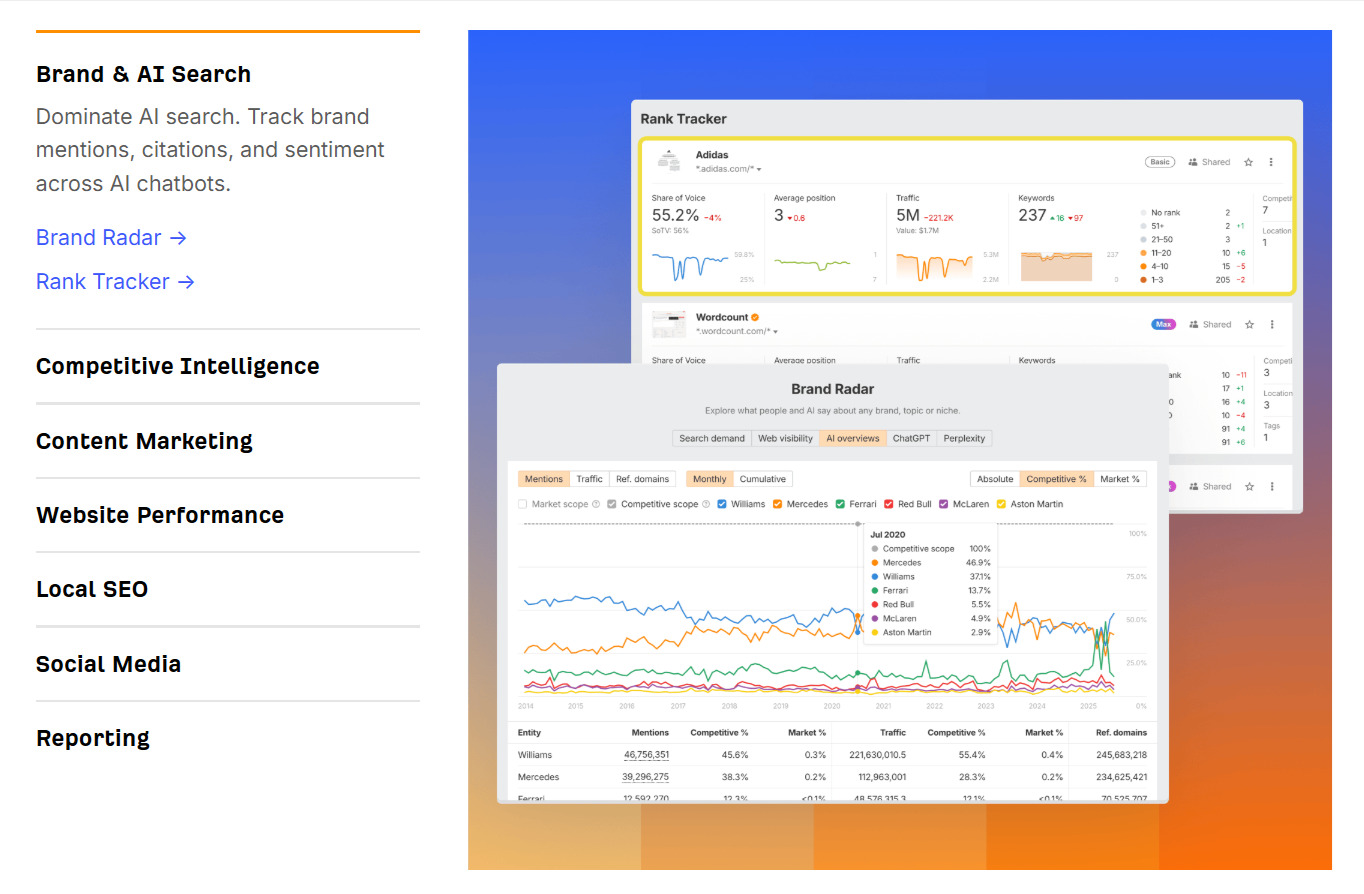
- Semrush is a comprehensive digital marketing toolkit. Beyond robust backlink analysis, it offers site audits, keyword research, and ad management. Its main strength is its all-in-one functionality.
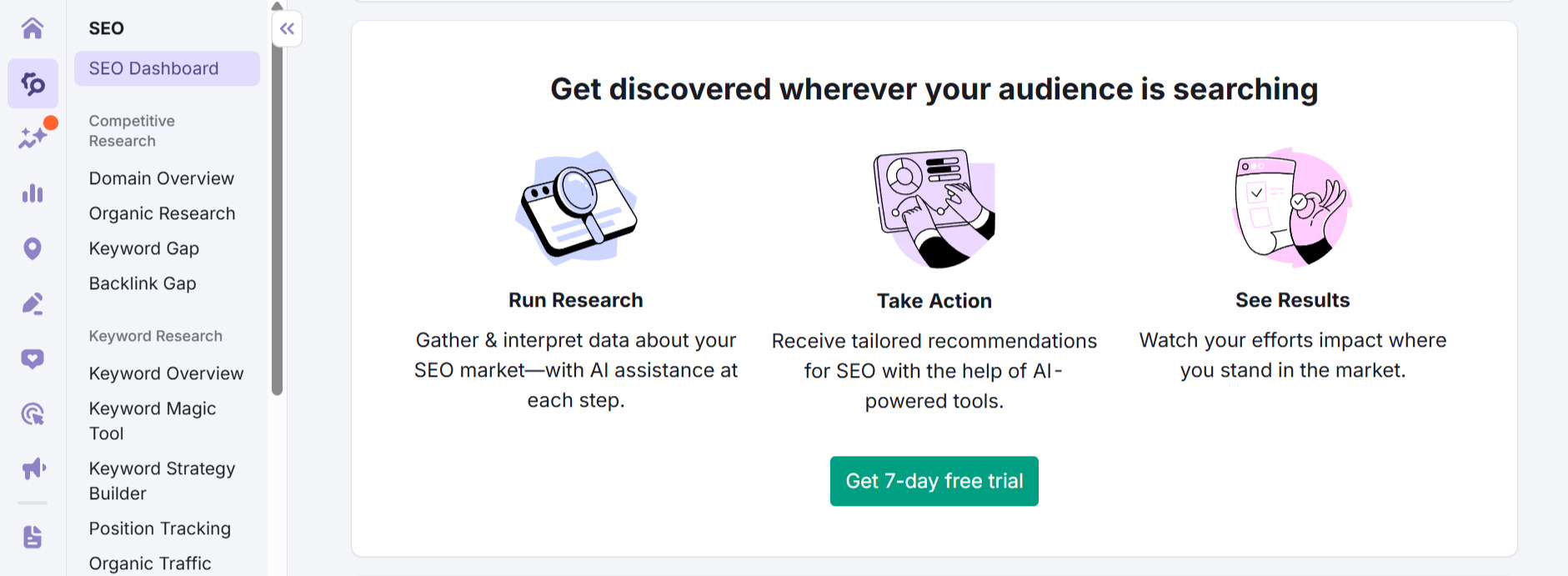
- Moz is renowned for its authority metrics – Domain Authority (DA) and Page Authority (PA). Its “Link Explorer” tool helps assess donor site strength and find potential platforms for SEO backlinks.
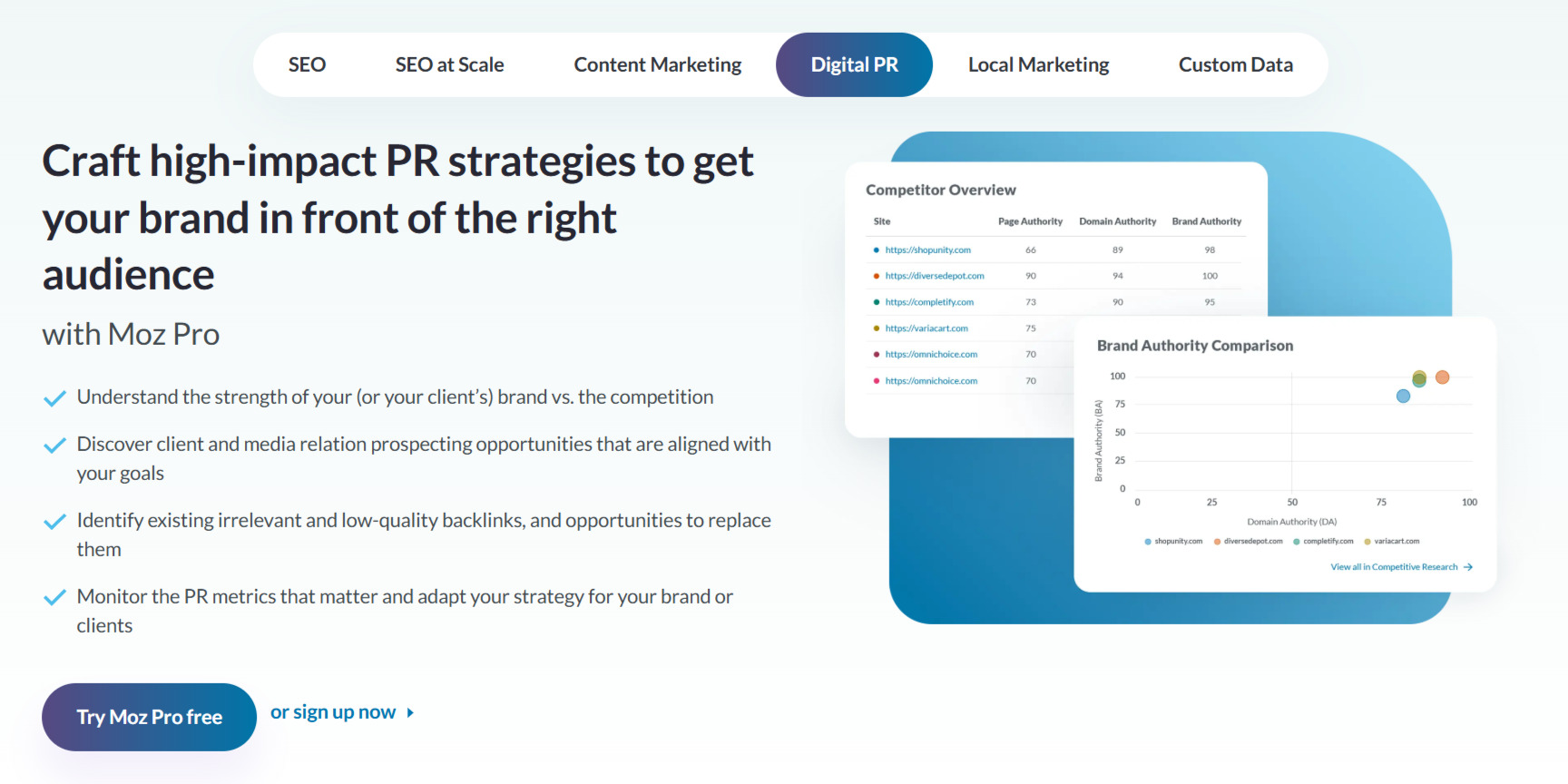
Here’s a comparison to help choose the right tool:
| Feature | Ahrefs | Semrush | Moz |
|---|---|---|---|
| Core Strength | Backlink analysis, keyword research | Comprehensive marketing toolkit | Domain authority, beginner-friendly |
| Backlink Analysis | Leader with the largest database | Robust, with an improving database | Reliable, quality-focused |
| Subscription Cost | From $129/month | From $139/month | From $49/month |
LinkBuilder.com as a Key Tool for Finding Placement Platforms
While Ahrefs and Semrush reveal existing backlinks, LinkBuilder.com helps you find new placement opportunities. It’s a specialized database for sourcing sites that accept guest posting for backlinks and sponsored content.
- What Is It? A database of over 300,000 websites, filterable by niche, country, traffic, authority, and other metrics.
- How It Helps. Create a project, set filters based on client goals, and get a curated list of suitable platforms. All site data, including rankings and placement terms, is pre-verified and organized.
- Who It’s For. Built by professional link builders for link builders, it’s ideal for freelancers and agencies looking to streamline their search process.
- Cost. Subscriptions start at just $8/month – an affordable option for beginners. Plans for professionals and large companies are $55/month and $105/month, respectively.
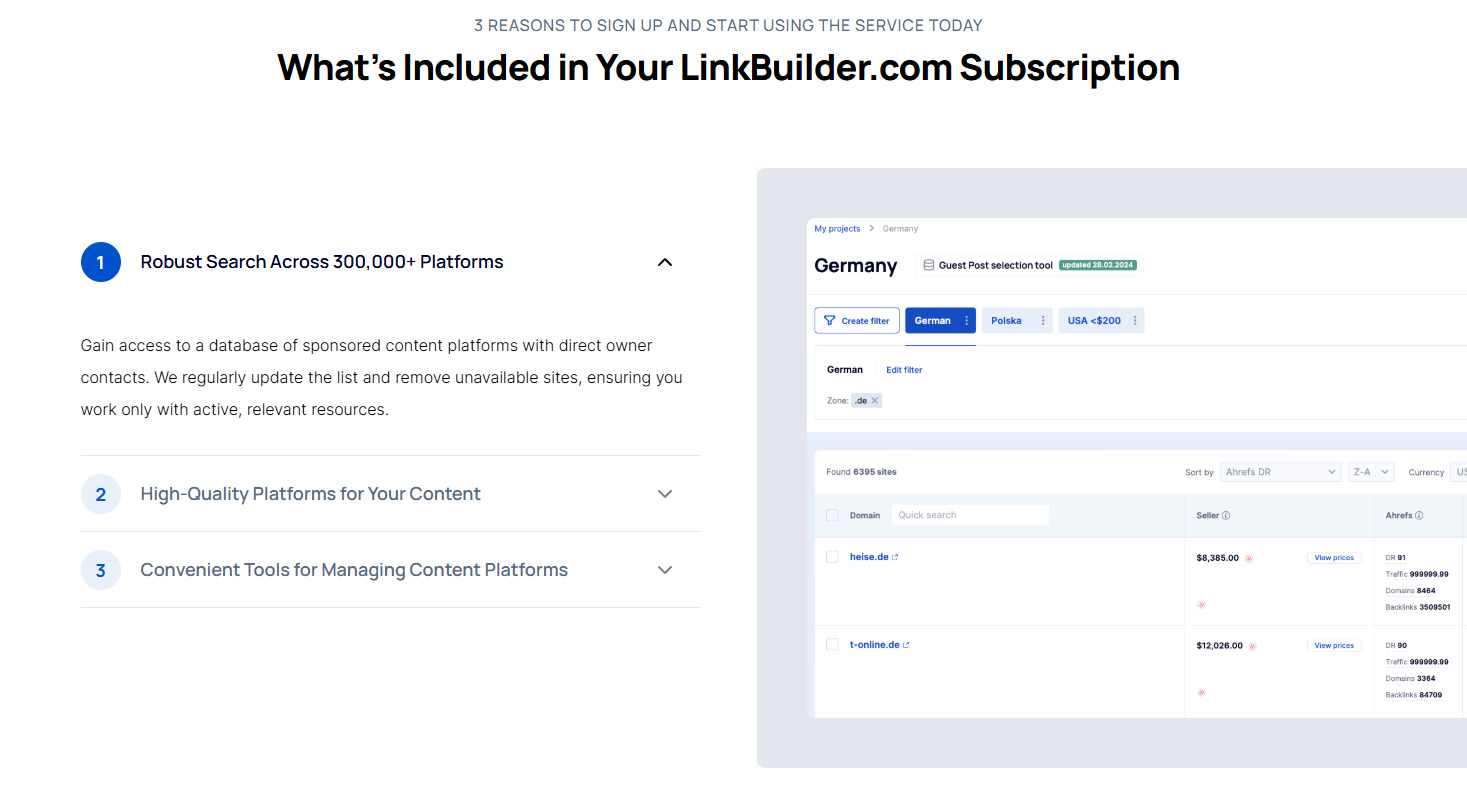
We’ll dive deeper into using LinkBuilder.com below.
Other Useful Link Building Tools
- Outreach Tools (BuzzStream, Pitchbox). These automate and manage mass email campaigns for link building outreach. They track correspondence history, set automated follow-ups, and monitor responses.
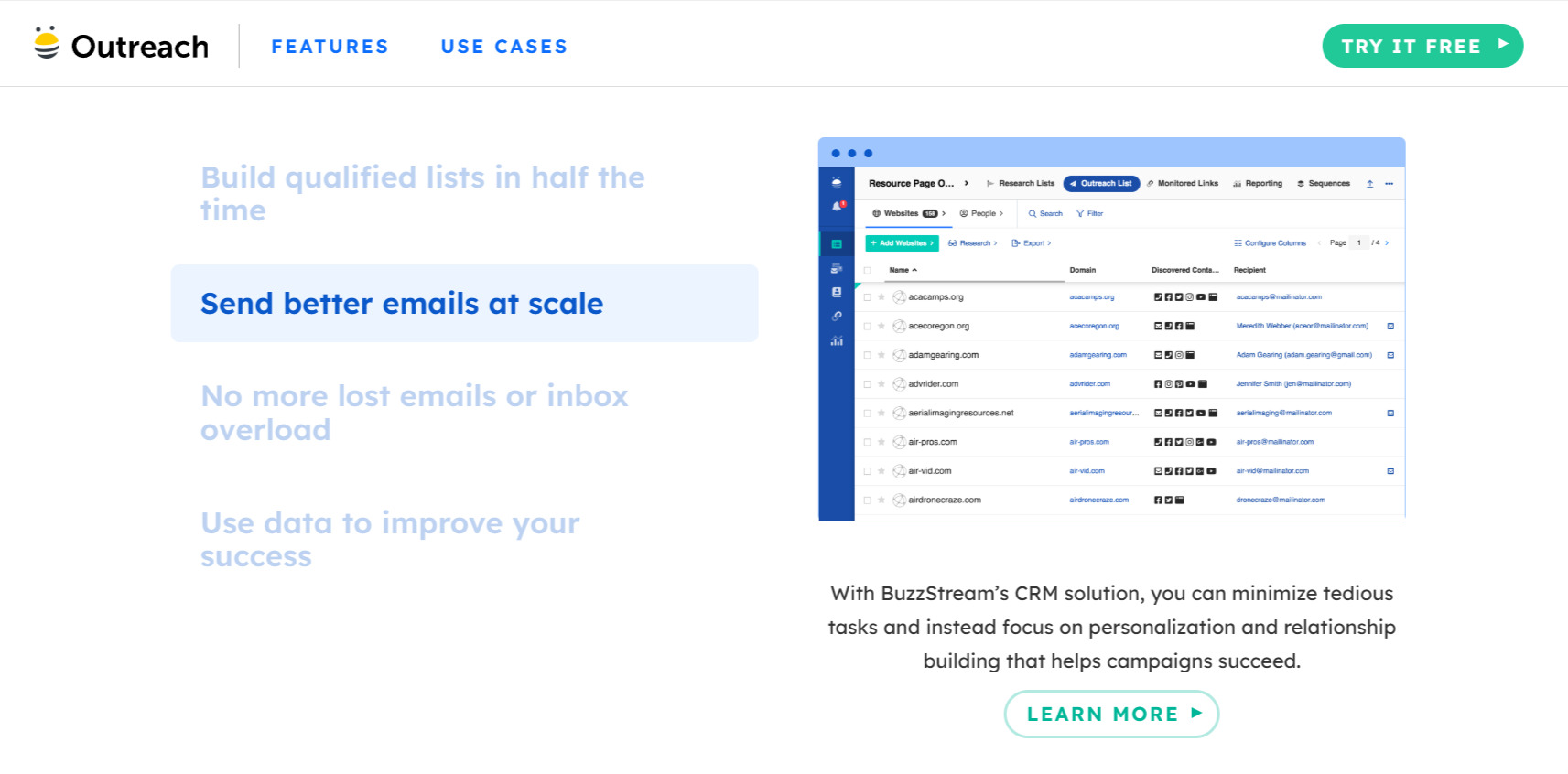
- Contact Finders (Hunter.io, Snov.io). These solve the problem of quickly finding email addresses for site owners and editors.
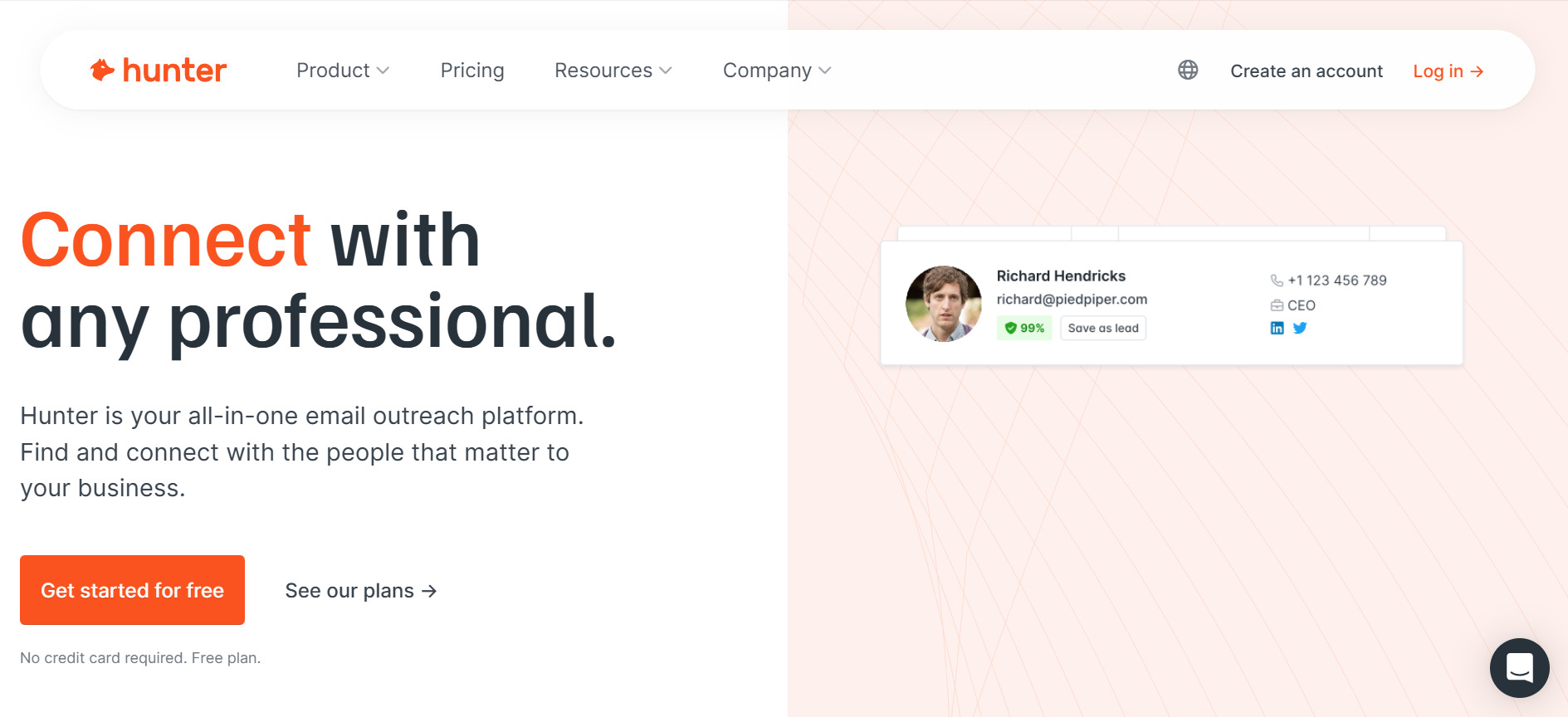
The right set of link building tools transforms chaotic how to make money with link building efforts into a streamlined business process. You spend less time on routine tasks and more on strategy and negotiations, directly boosting your income.
SEO Link Building Strategies: From Basic to Advanced
Professional link building demands a well-planned strategy. Without one, you’re just sending emails aimlessly. A strategy lets you work toward goals efficiently, saving time and resources.
Link Building Strategies for Websites: Guest Posting, Broken Link Building, and Digital PR
Different goals call for different SEO link building strategies. Here are proven approaches:
- Guest Posting for Backlinks. The foundation of link building techniques. You write a high-quality article and publish it on a third-party site in exchange for a backlink. This strategy works because it benefits everyone: you get a backlink, and the donor site gets fresh content.
- Broken Link Building. An advanced but highly effective tactic. You identify broken links (leading to 404 errors) on authoritative sites, inform the site owner, and suggest replacing the broken link with one to your relevant page. It’s a win-win, as you help improve their site, though finding broken links is more complex.
- Digital PR. This takes link building techniques to the next level. You create not just an article but a newsworthy story, research, or viral content. The goal is to earn backlinks from media outlets and major publications without direct requests. It’s the most powerful way to gain natural backlinks.
Link Building Outreach and Crowd Marketing: Finding Sites and Avoiding Spam
Link building outreach involves direct communication with site owners to secure backlinks. It’s essentially negotiation, where you must demonstrate the value of your proposal to their audience.
Key rules for successful outreach:
- Personalization. Avoid generic or AI-generated emails. Research the site, mention the editor’s name, and reference a specific article to show you’ve done your homework.
- Mutual Benefit. Don’t ask for a link outright. Offer value, such as unique content, fixing a site issue, or a resource their audience will find useful.
- Relevance. Propose topics that align perfectly with the site’s niche. A backlink from a food blog to an auto repair site isn’t just ineffective – it’s harmful, and the site is unlikely to agree to it.
Crowd Marketing involves placing backlinks in reviews, comments, or discussions on various online platforms. The goal is to attract attention to your site through natural user interactions. Links are seamlessly integrated into conversations, appearing helpful and relevant. In many cases, you can place them yourself without outreach, though some platforms require owner approval.
Creating SEO Backlinks: Tiered Link Building and Content Marketing for Natural Backlinks
Once you’ve mastered basic SEO link building strategies, you can explore advanced techniques to amplify results.
- Tiered Link Building. This strategy strengthens existing backlinks by creating a “pyramid.” Tier 1 consists of your most valuable backlinks, secured through guest posting for backlinks or Digital PR. Tier 2 involves placing links to the articles hosting your Tier 1 links, boosting their authority in search engines’ eyes. This method requires precision, as improper use can harm rankings.
- Content Marketing for Natural Backlinks. This is a “bait” strategy. You create highly valuable, unique, or viral content (e.g., research, calculators, interactive maps) that naturally attracts backlinks. You don’t need to ask for links – the content works for you 24/7, making it an ideal way to generate organic traffic.
Your strategy depends on your goals and budget. Start with guest posting for backlinks and crowd marketing, using LinkBuilder.com tools to find platforms. As your expertise grows, incorporate advanced link building techniques to build robust and powerful backlink profiles.
Monetizing Backlinks: How to Make Money with Link Building for Freelancers and Agencies

Theory and strategies deliver results, but how do you turn them into steady income? Let’s explore financial models and opportunities for how to make money with link building.
Pricing Models (Hourly, Per Link, Retainer)
Your pricing model directly impacts your earnings. Each suits different career stages.
- Per-Link Pricing. The simplest and most transparent model. You set a price for each successfully placed backlink, based on the platform’s traffic, authority, and niche. For example, a backlink on a site with 10,000 monthly visitors costs more than one on a site with 1,000. This model is clear to clients but can lead to fluctuating income.
- Retainer Model. Ideal for stable link building as a business. You agree on a fixed monthly fee to deliver, say, 7–10 backlinks. This benefits both parties: you get predictable income, and the client gets consistent backlink growth. Most agencies use this model.
- Hourly Pricing. Less common but suitable for specific tasks like backlink profile audits, consultations, or complex negotiations. Clients pay for your time, not results.
Link Building Services: From Outsourcing to Affiliate Programs
How to make money with link building extends beyond direct backlink sales. Here are other monetization avenues:
- Outsourcing for Agencies. Many SEO agencies don’t keep link builders in-house and outsource link building services instead. As a contractor, you provide SEO link building services for their clients, ensuring a steady stream of work without the need to find clients yourself.
- Affiliate Programs. Some link building tools and SEO platforms offer affiliate programs. Recommend their tools to your audience and earn commissions on each sale.
- Selling Placements on Your Own Sites. Build a niche website, drive traffic to it, and offer paid backlink placements. This is passive backlink monetization. Your goal is to grow the site’s authority to increase placement fees.
Link Building Trends to Capitalize On
The market is always evolving. Anticipating trends gives you a competitive edge.
- Focus on E-E-A-T (Experience, Expertise, Authoritativeness, Trustworthiness). Search engines increasingly value backlinks from sites recognized as experts in their fields. Specializing in complex niches like healthcare, finance, or law can boost your earnings, as skills in sourcing and securing backlinks from such sites are highly valued.
- Turnkey Services. Clients don’t want to navigate the intricacies of SEO link building strategies. They want higher rankings and traffic. Offer comprehensive solutions – niche analysis, strategy development, execution, and reporting – to increase your average deal size and service value.
- Local Link Building Strategies. Small local businesses like cafes, salons, or clinics are increasingly going online. They recognize the value of SEO but lack resources for in-house specialists. This is a massive market for freelancers offering affordable link building services packages.
- Reputation Management Through Backlinks. Companies are willing to pay for a positive online presence. You’re not just promoting a site but shaping brand perception through strategic placements on authoritative platforms.
Your income in the link building profession hinges on adaptability. Start with simple models, build a portfolio, then shift to comprehensive solutions and niche trends. This is the path from freelancer to expert.
Saving on Link Building with LinkBuilder.com: Maximizing Profits
One of the biggest challenges in link building for e-commerce or other niches is uncontrolled budgets. You might pay three times more for the same backlink as a colleague. Understanding why prices vary and using the right link building tools can turn this challenge into a revenue stream.
Why Guest Post Prices Vary So Much
The cost of placing a guest post on the same site can differ by 200–300%. This variation stems from several factors:
- Middlemen. Often, multiple resellers stand behind a single site, each adding their markup to the base placement cost. You might buy access to the same site through a chain of two or three intermediaries, inflating the final price.
- Lack of Transparency. Isolated exchanges and private catalogs lack comparison tools. You can’t see what other sellers charge for the same site, allowing unscrupulous link builders to inflate prices.
- Varying Valuation. Some sellers base prices on traffic, others on authority metrics (DR, DA), and some simply on demand. Without a unified standard, pricing becomes chaotic.
Inexperienced specialists lose budget and margins due to this lack of knowledge, buying backlinks at inflated prices, which either cuts their profits or forces clients to overpay.
Monetizing Savings: Two Business Models for Link Builders
Savings aren’t just about preserving funds – they’re a powerful tool for scaling your link building as a business. Here are two effective models used by seasoned link builders.
Model 1: Earning on Price Differentials for Freelancers and Agencies
This model relies on arbitrage. You provide clients with a quote based on average or slightly inflated market prices. You then purchase posts at the lowest prices found through an exchange aggregator like LinkBuilder.com. The difference between these amounts is your extra profit.
Example: A client agrees to pay $150 for a placement on a site with a DR of 60. You find the same donor site through an aggregator for $50. Your profit is $100 per backlink. This margin keeps you competitive, allowing reinvestment or increased earnings.
Model 2: Expanding Project Volume
This model focuses on growth. Instead of pocketing savings as profit, you reinvest them into your business.
- For Freelancers: Saving on each backlink lets you take on more clients without increasing overall costs. You can offer competitive prices to outshine rivals.
- For Agencies: Redirect savings to secure more backlinks for existing projects. This accelerates client progress and boosts loyalty, showcasing greater efficiency within the same budget.
Overview of the Sponsored Content Finder Tool
The Sponsored Content Finder tool is your key to savings. It aggregates data from over 300,000 websites, helping you find the right platforms and the most cost-effective offers.
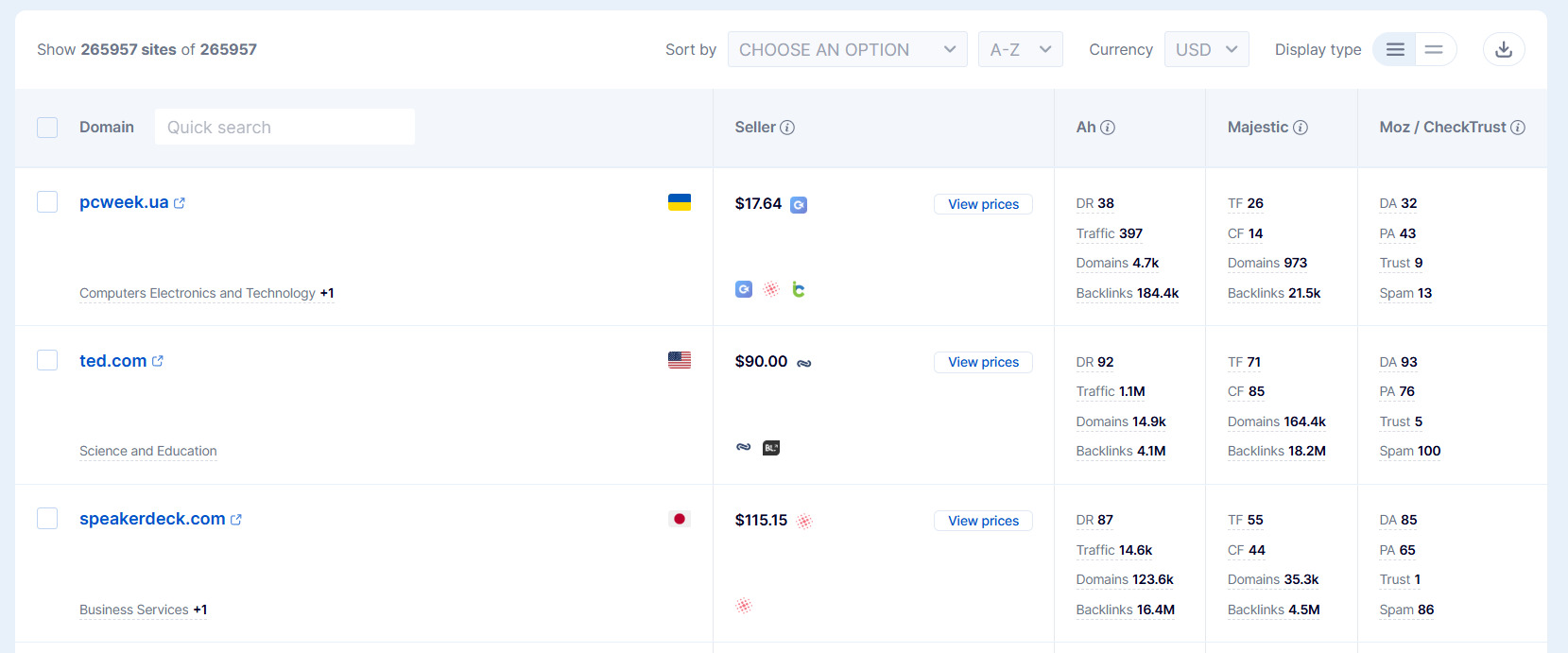
How to Save Up to 70% with the Tool
The tool’s primary feature is comparing offers from different sellers on one screen. It pulls data from exchanges and site owners, allowing you to input search criteria and see not just a list of suitable sites but also every seller offering placements on those sites, with prices displayed. This helps you choose the best deal and avoid overpaying middlemen.
Key Features for Efficient Search:
- Deep Filtering. Filter platforms by traffic, authority (DR, DA), price, niche, language, country, and more. This enables quick identification of relevant, high-quality sites without tedious manual analysis.
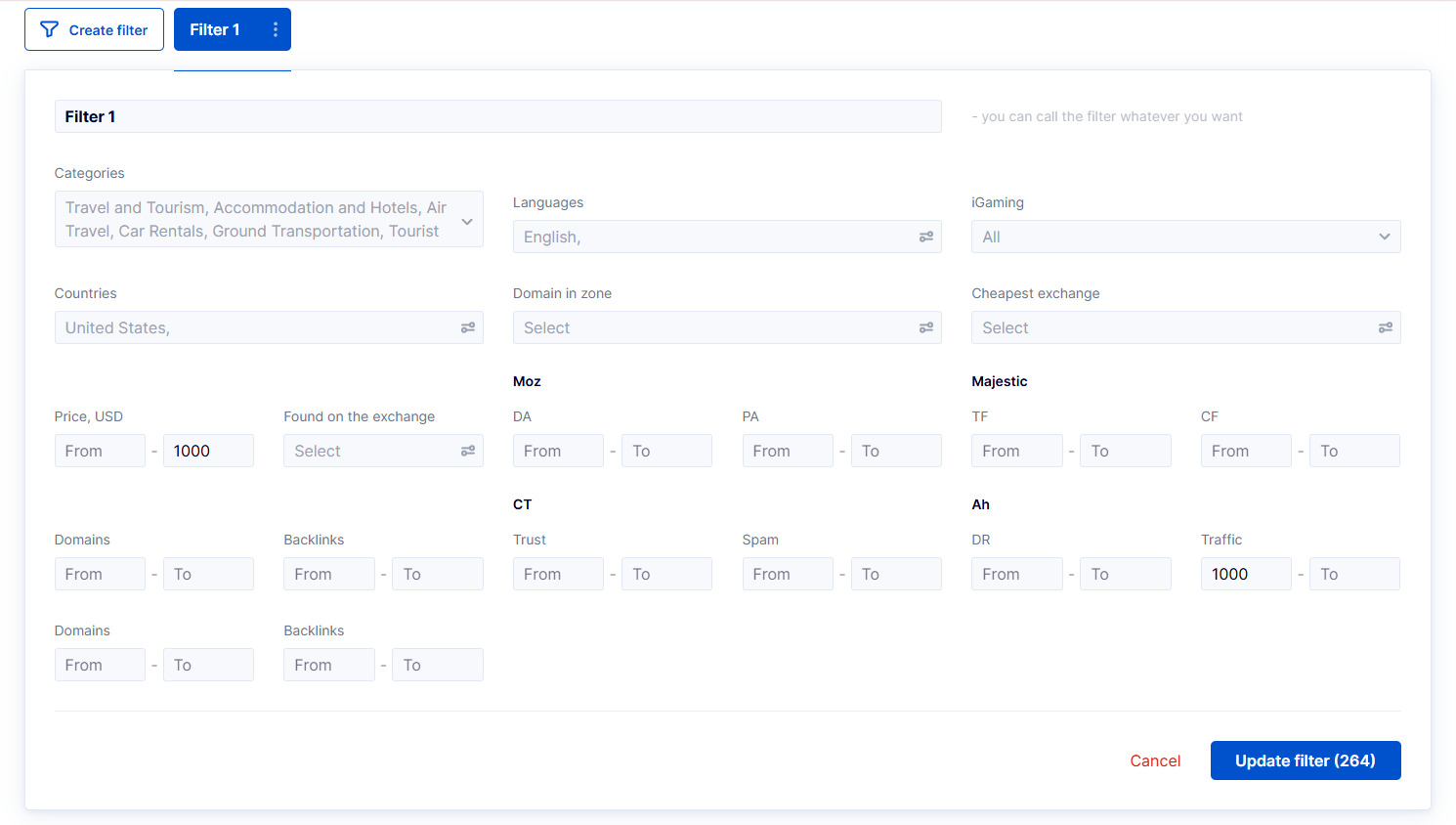
- Built-In Quality Metrics. Each platform’s metrics from Ahrefs, Majestic, and Moz are displayed, allowing you to compare sites directly in the table. This eliminates the need for external donor checks, speeding up decision-making.
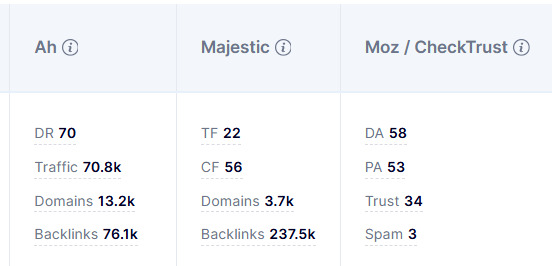
- Direct Contacts. The tool provides instant access to seller websites, with links leading directly to the relevant platform.
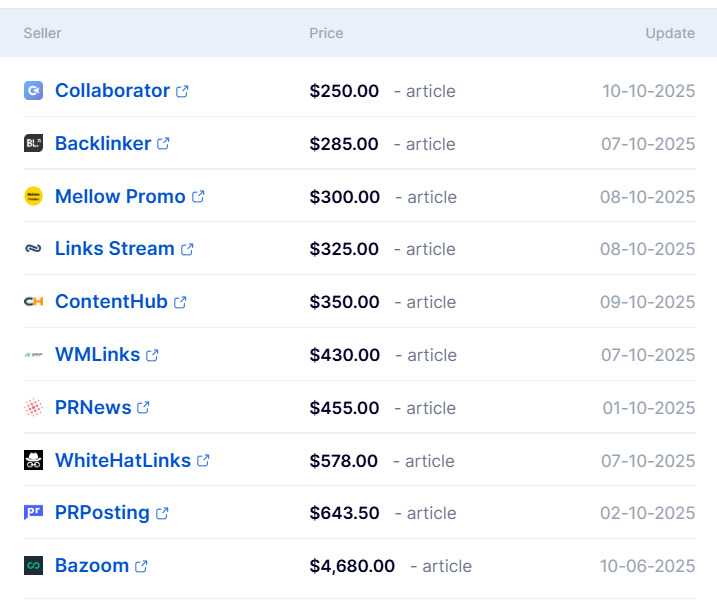
Integration of Other LinkBuilder.com Tools
Savings extend beyond purchasing to analysis and planning. LinkBuilder.com offers free link building tools that integrate into your workflow. While their functionality is limited compared to paid versions, they help beginners and experienced link builders evaluate the potential of premium tools.
- Sponsored Content Website Audit. This tool checks if a target site accepts guest posts and estimates placement costs, allowing you to vet potential donors before reaching out.
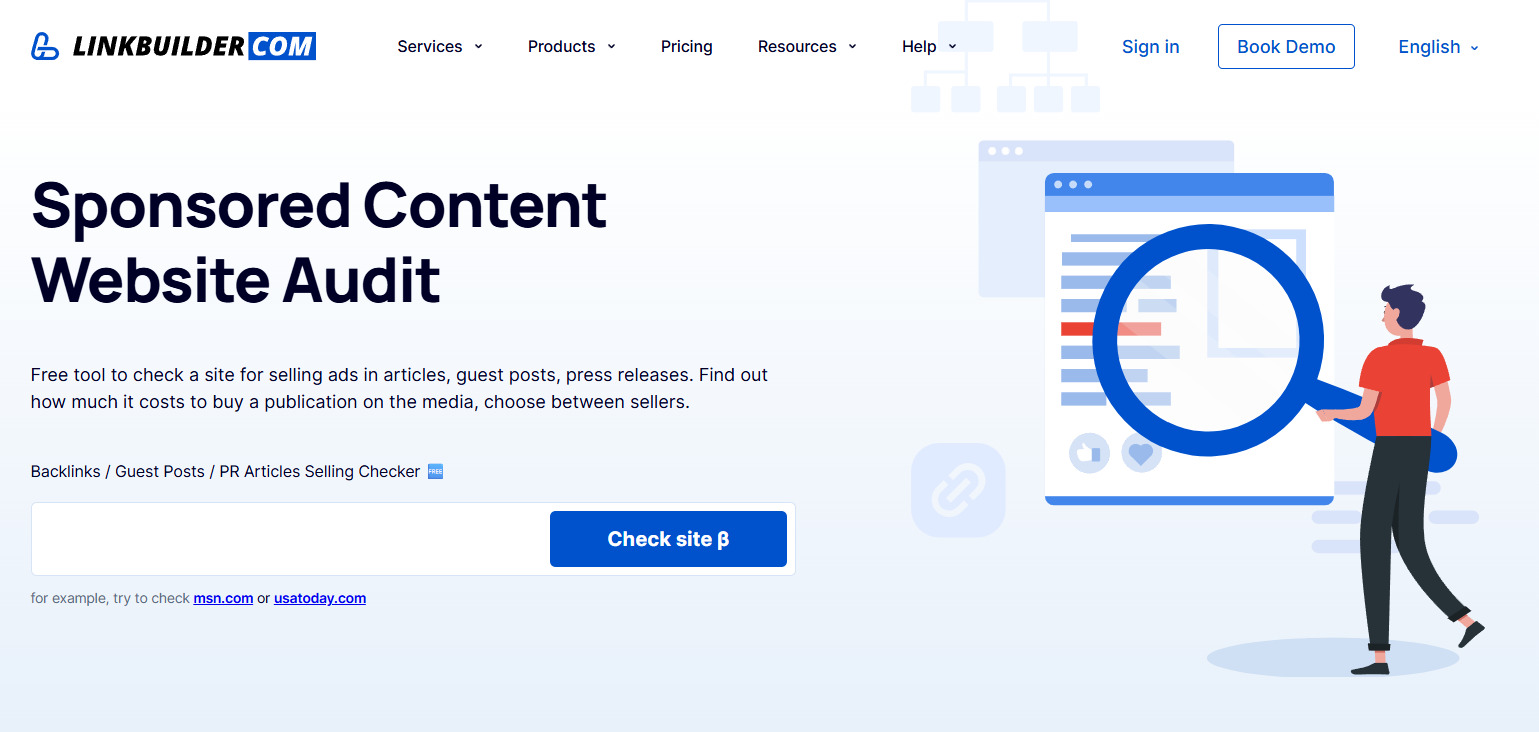
- Media Outreach Cost Planner. This tool estimates your SEO budget by analyzing competitors’ backlink profiles, helping you optimize spending to match or surpass them.
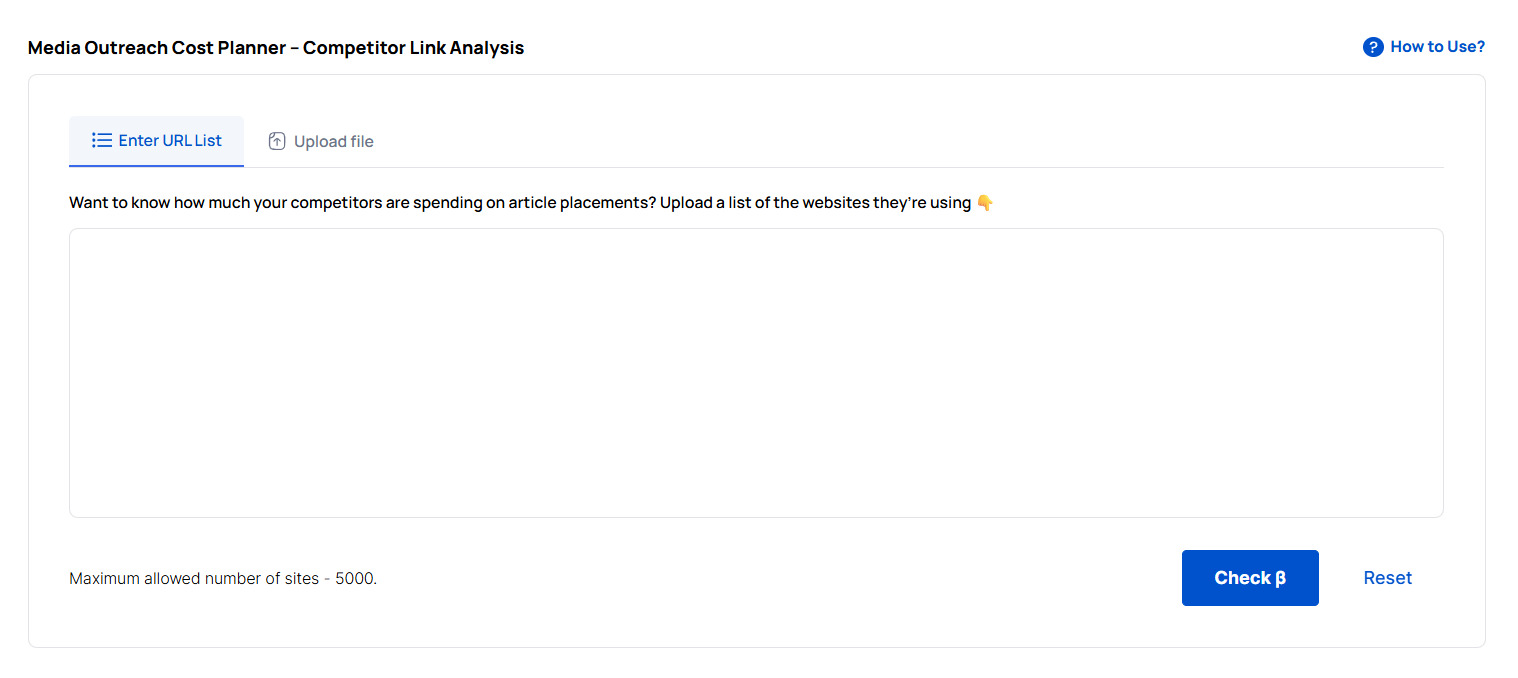
- Bulk Sponsored Content Checker. If you have a list of donor sites, this tool quickly checks which ones accept guest or sponsored posts, saving you from manual analysis.
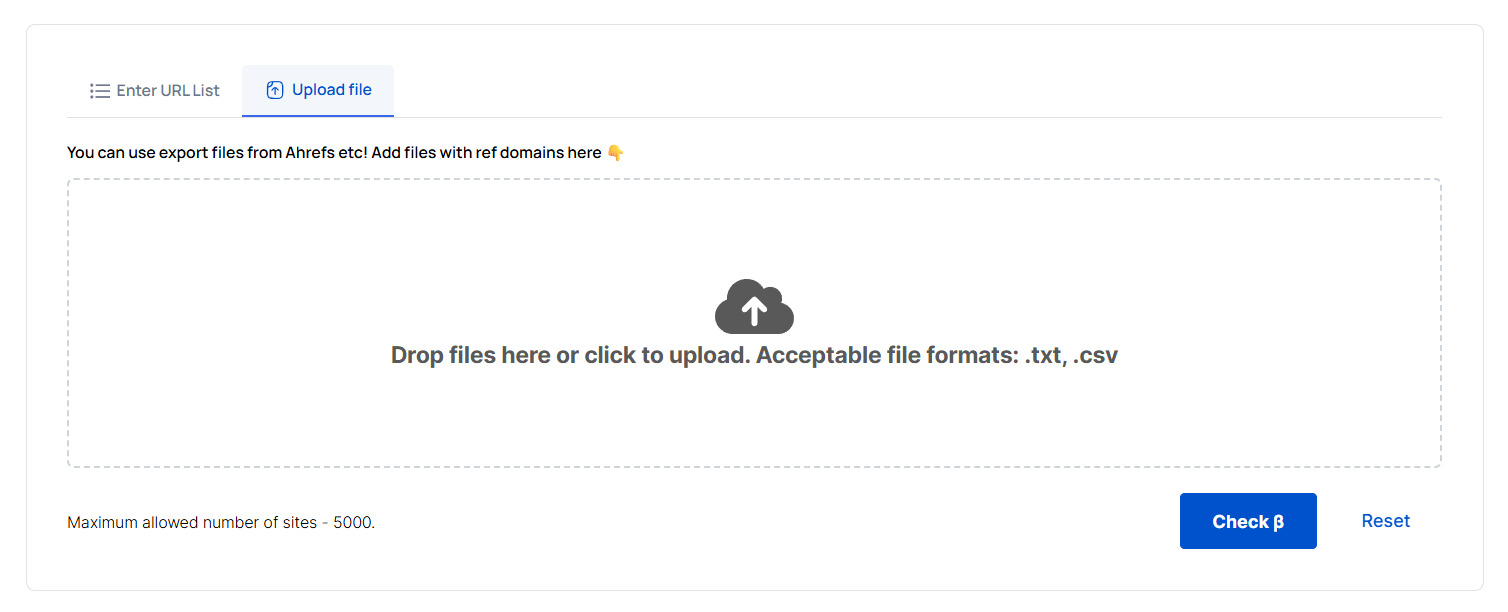
This ecosystem of link building tools transforms chaotic backlink purchasing into a transparent, high-margin business process. You’re not just buying backlinks – you’re buying them at the best value, directly impacting your earnings.
Step-by-Step Plan to Start Earning with Link Building

Step 1: Mastering Core Knowledge and Terminology
The first step in the link building profession is building a strong theoretical foundation. Start by learning SEO basics: understand how search engines rank sites and the role of backlinks in the process. Familiarize yourself with key quality metrics like Domain Rating (DR) from Ahrefs and Domain Authority (DA) from Moz, which assess a donor site’s authority.
Learn professional terminology, such as:
- Guest post: An article published on a third-party site.
- Anchor: The clickable text of a link.
- Donor: A site linking to you.
- Outreach: The process of contacting site owners.
Use courses from leading SEO platforms, niche blogs, and professional communities for learning. Without this foundation, you can’t make informed decisions in professional link building.
Step 2: Sign Up for LinkBuilder.com and Explore Its Site Database
After mastering theory, dive into professional link building tools. Register on LinkBuilder.com – your primary tool for finding platforms and comparing prices.
Create a test project and use advanced filters to select platforms based on niche, traffic range, authority level, and budget. Pay special attention to the price comparison feature, which reveals how different sellers offer the same site at prices varying by up to 200–300%. This insight helps you avoid overpaying from the start.
Explore the Knowledge Base and test different filter combinations and features – it’s an investment in your future efficiency. If you have questions, schedule a demo to see the platform’s capabilities and get answers.

Step 3: First Trial Purchase of 2–3 Guest Posts for Your Project or a Test Client
Theory and tool exploration must lead to practice. Start with minimal investment – buy 2–3 guest posts on affordable but high-quality platforms from LinkBuilder.com’s database. For example, set criteria like: country (USA), DR above 40, traffic over 1,000 monthly visits, price up to $50. Our database found 302 such sites.
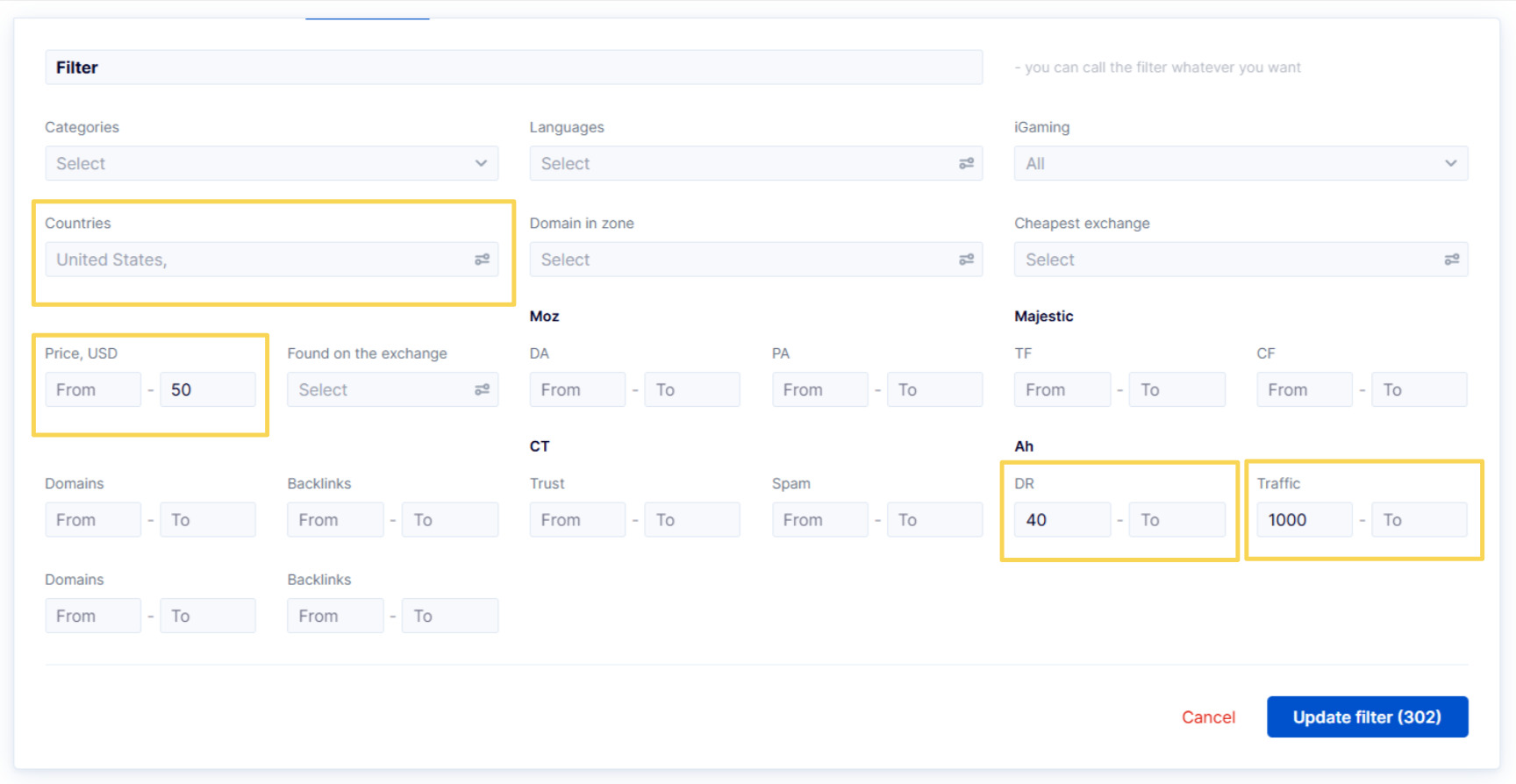
If you don’t have a client yet, practice on your own site or blog for flexibility. Write the article yourself or order copywriting. Complete the full process: platform selection, topic approval, and placement confirmation.
Document every detail: response times from site owners, content requirements, and any challenges. This initial hands-on experience is more valuable than dozens of articles – it reveals the real pitfalls of link building for e-commerce or other projects.
Step 4: Analyzing Results and Building Your First Case Study
After placing your first guest posts, conduct a thorough analysis. Use Google Search Console to track the rankings of linked pages. Check donor page indexing with “site:domain.com ‘your anchor.’” After 3–4 weeks, analyze the impact: Did referral traffic emerge? Did rankings improve? Did behavioral metrics rise?
Even if rankings don’t shift significantly, compile a detailed case study. Include screenshots of published articles, ranking change graphs (if applicable), traffic data, and the cost per visitor acquired. Describe your process: how you chose platforms, challenges faced, and how you resolved them. This case study, even with modest results, is your first proof of competence.
Step 5: Finding Clients and Scaling Your Business
With a case study and practical experience, start building a client base. Create a list of 50–100 potential clients in your niche – sites with DR 15–35 that clearly need link building for e-commerce or other SEO efforts.
Write personalized proposals outlining specific placement opportunities (2–3 platforms with ROI calculations). Simultaneously, join freelance platforms and showcase your case study.
Set prices 20–30% below market rates for initial projects – your goal is reviews and more case studies, not immediate profits. After completing 5–7 successful projects, confidently raise your rates. To scale, automate processes: use outreach templates, adopt a CRM for contact management, and offer service packages. This transitions you from freelancer to agency owner.
Common Link Building Mistakes and How Our Tools Help Avoid Them

Mistake 1: Prioritizing Quantity Over Quality
Beginners often chase mass backlink placements, ignoring their true value. They buy cheap bulk packages and place links on low-authority, questionable sites. Search engines now detect such manipulation, leading to penalties instead of ranking gains. Quality always trumps quantity: one backlink from an authoritative, niche-relevant site outweighs dozens from low-quality ones.
How to Avoid: LinkBuilder.com provides detailed analytics for each platform, helping you filter out dubious sites and select valuable ones for SEO link building services.
Mistake 2: Ignoring Relevance and Niche
Placing backlinks on unrelated sites is a common but serious error. A link from a food blog to an auto repair site isn’t just ineffective – it appears unnatural to search engines, carrying minimal weight or even causing harm.
How to Avoid: LinkBuilder.com offers filtering, allowing you to find platforms that perfectly match your niche. Even when searching by other criteria, the platform displays each site’s category.
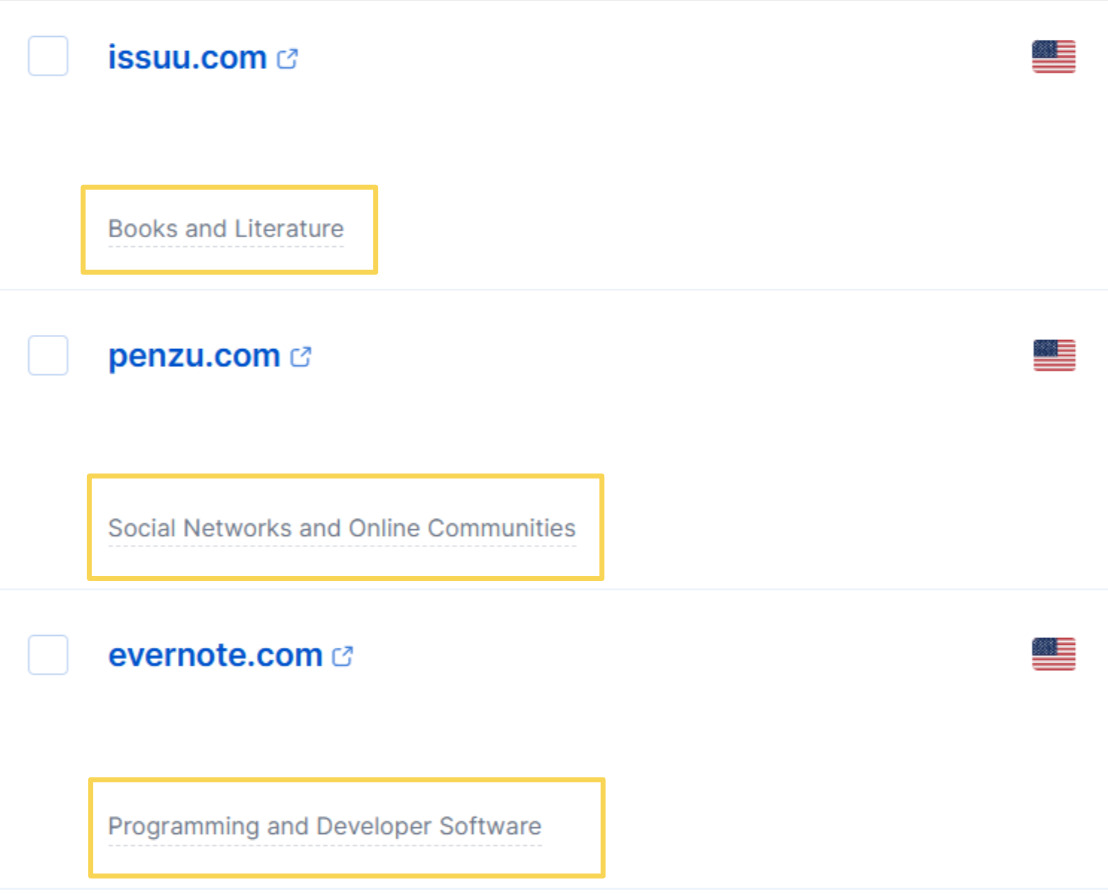
Mistake 3: Neglecting Internal Linking
Some specialists focus so heavily on external backlinks that they overlook internal linking. This is a major mistake, as internal links distribute link weight across site pages, improve indexing, and enhance user experience.
How to Avoid: Read our in-depth article on internal linking to learn how to build an effective internal linking system to strengthen your site.
Mistake 4: Rapid Backlink Growth
A sudden spike in backlinks signals unnatural growth to search engines. If a site goes from 10 to 1,000 backlinks overnight, it raises red flags, potentially triggering penalties. Natural backlink profiles grow gradually, with varying intensity over time.
How to Avoid: LinkBuilder.com lets you export suitable platforms or add sites to a Whitelist for phased placements, enabling you to plan SEO link building strategies months in advance.
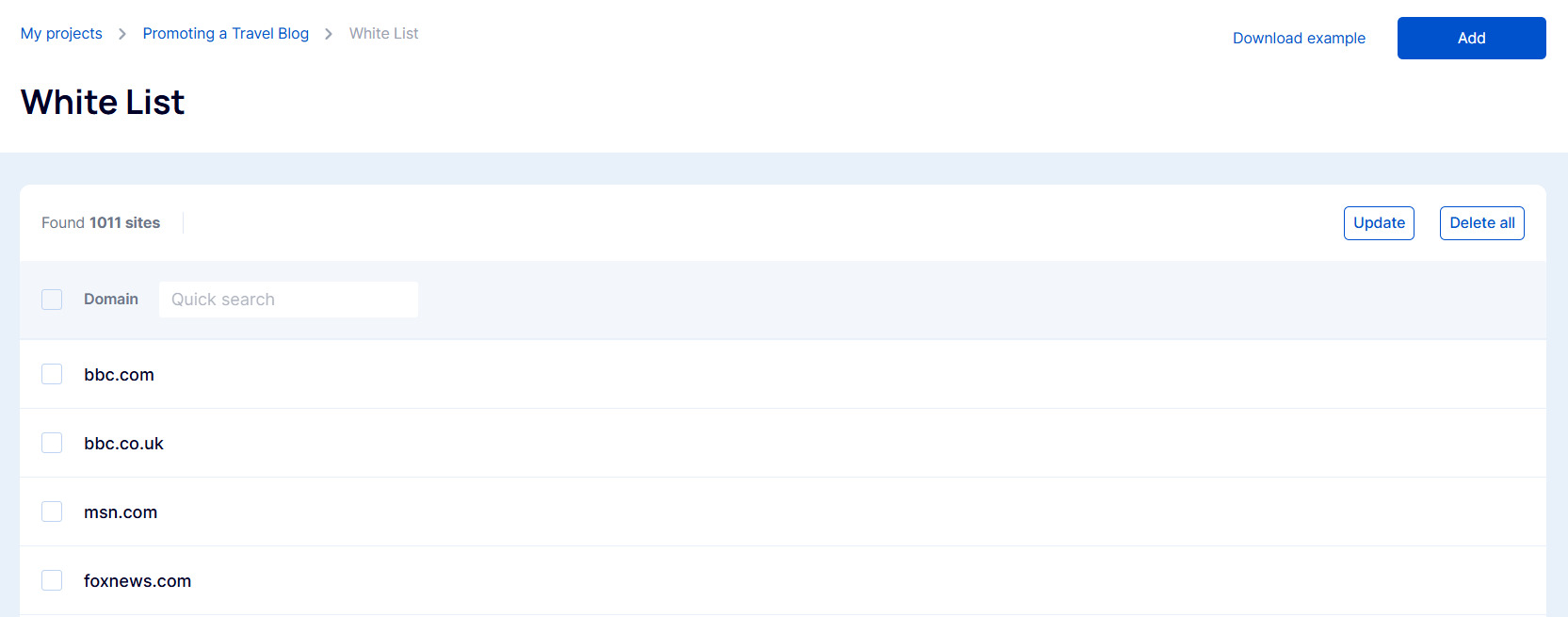
Mistake 5: Relying on a Single Link Type or Source
Using only one type of backlink, like guest posting for backlinks, creates an unnatural profile. In reality, quality sites earn links through articles, comments, social media profiles, and forums. A uniform profile looks suspicious and risks penalties. Diversifying link sources and types is essential for sustainable growth.
How to Avoid: LinkBuilder.com’s database offers multiple placement options, including guest posts, profile links, and forum discussions. Work with various exchanges and direct site owners through one platform to build a natural, diverse backlink profile.
Mistake 6: Dismissing Nofollow Links
Many still view nofollow links as useless, focusing solely on dofollow. This outdated mindset can hinder your progress. A natural backlink profile includes both types. Nofollow links from authoritative sites drive valuable traffic and positively influence search engine perception.
How to Avoid: LinkBuilder.com lets you filter by link attribute, helping you create a balanced profile.
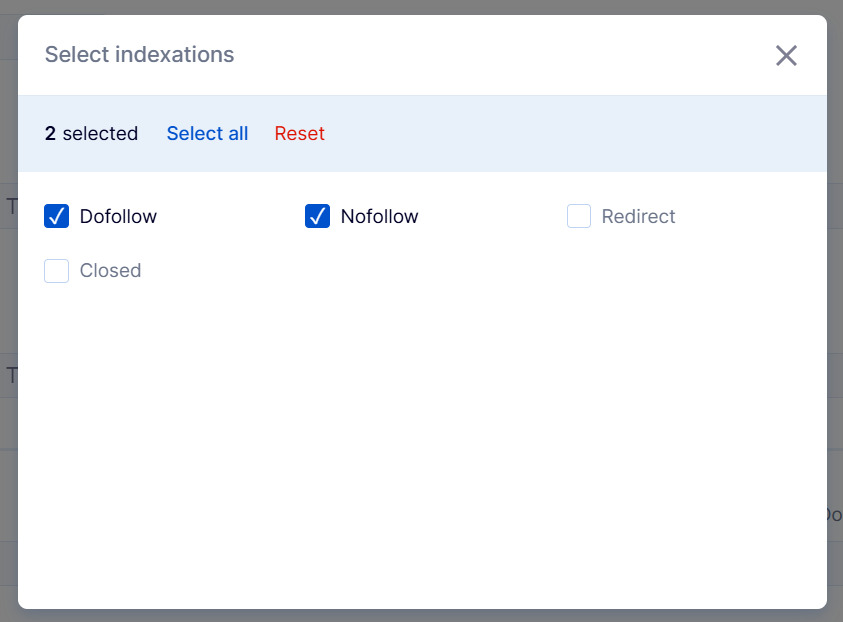
Mistake 7: Ignoring Future Trends and AI Search
Traditional link building techniques are giving way to AI-driven analytical approaches. AI can analyze hundreds of ranking factors, predict trends, and optimize SEO link building strategies based on big data. Sticking to old methods limits your effectiveness. Additionally, appearing in generative AI responses is a growing source of traffic and authority. If your site is “invisible” to large language models (LLMs), you’re missing potential clients.
How to Avoid: Our AI Ranker tool analyzes whether your site appears in AI responses, identifying pages needing optimization to boost visibility in AI-driven search.
Key Takeaways
Link building remains one of the most effective SEO tools, despite increasingly complex algorithms. Success hinges not on the number of backlinks but on strategic planning, platform quality, and avoiding common pitfalls.
Today’s link builder is an analyst, negotiator, and strategist who builds long-term relationships and natural backlink profiles. Mastering the link building profession grants access to a high-demand market where your skills translate directly into income.
To achieve results cost-effectively, use the right link building tools from the start. LinkBuilder.com is designed for this, offering everything from platform search and analysis to budget planning and result tracking. Start leveraging these solutions today to build robust backlink profiles, save up to 70% on budgets, and scale your link building as a business.








